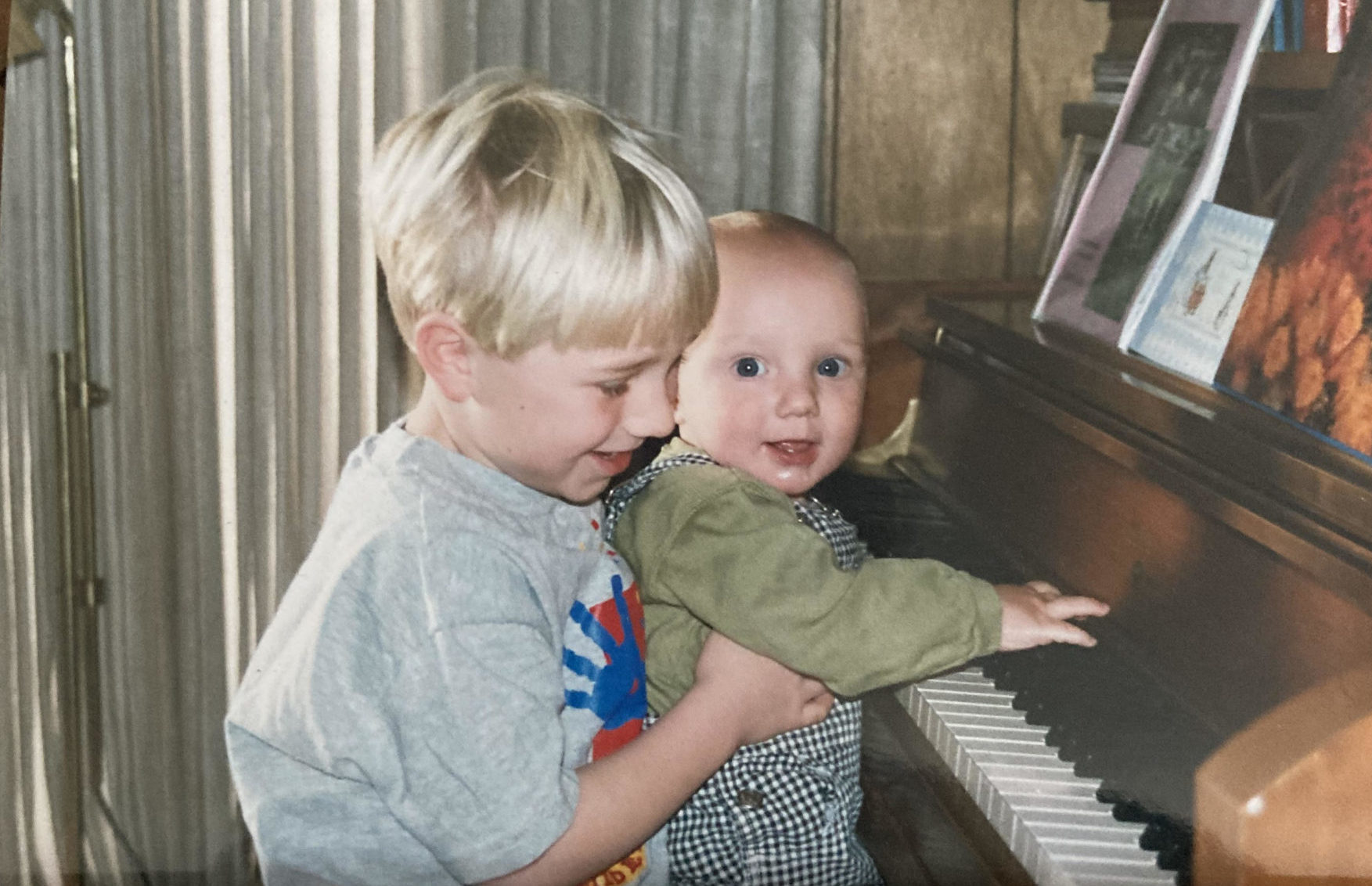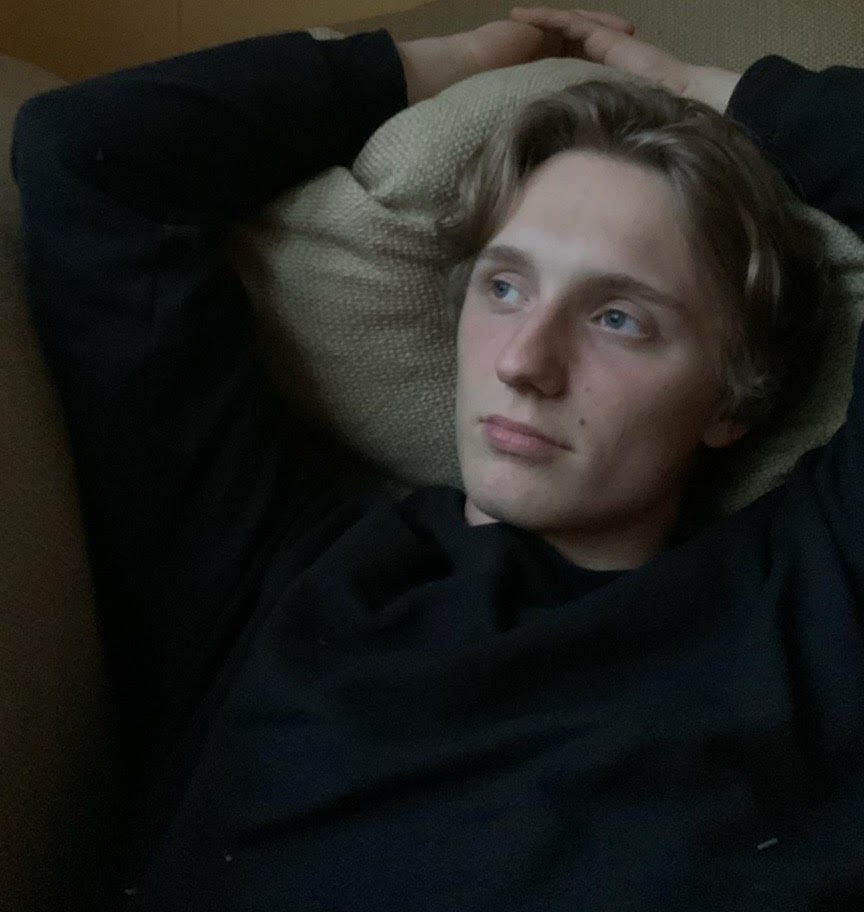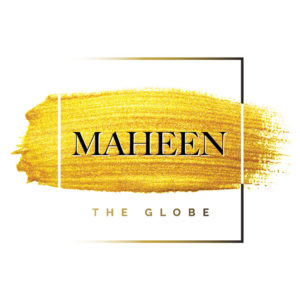Lo-fi Hip-hop
Music is one of the only forms of art that reveals its entire lifecycle to the listener. Songs are born and die by one’s ears as they deliver their secrets; a temporal cacophony of the artist’s thoughts. These pieces are typically classified by instrumentation, emotional quality and place of origin. Lo-fi hip-hop is one genre that sits vaguely in these categories but rigidly spans its phylum across a diverse body of artistic ideas.
Relaxation and healing is in the DNA of lo-fi hip-hop, a musical style that emphasizes the texture of instrumental hip-hop beats. Unlike other types of music, lo-fi hip-hop has no set of instruments that define it. Vinyl crackle, warm tape sound, rhythmic payments of homage to the hip-hop dynasties of the 1990s and a general love for sonic imperfections give the genre its definition. A tool of expression, lo-fi hip-hop has always carried a feeling of nostalgia because of a technique known as ‘sampling’. This is where a producer collages various moments from pre-existing tracks (usually jazz, ambient or even other hip-hop beats) to create an entirely new feeling. This sort of musical dadaism has become a cornerstone of hip-hop. Even as the genre evolves through new hardware and fresh minds, the meditative quality of beats has been present since their creation. Across its relatively short history lies a story of freedom, commercialization and rebirth.

Masters of the Genre
The synthesis of this genre lies on the shoulders of two acclaimed producers of the 1990s: James Dewitt Yancey (aka J-Dilla) of Detroit, and Jun Seba (aka Nujabes) of Tokyo. Setting the balanced tone of this new movement, they represent the rhythmic and harmonic qualities of the genre. J-Dilla is known as the godfather of sampling, utilizing his knowledge of drum grooves to repurpose old jazz charts. Oftentimes, he focused so much on where the drums were located in songs, that the guitars, vocals and other harmonic content would be pulled along behind it in a frenzy of chopped melodies. These wonky rhythms and off-kilter moments of excitement were magnets for rappers like Madlib and Busta Rhymes. On the other hand, Nujabes focused more on the melodies and chord progressions he found while digging through crates of vinyl records. This led to a more abstract approach to the genre, centering around the darker, introverted side of emotional expression. Genres like classical, ambient, and traditional folk music were sampled, making evocative landscapes of modal relationships and moments of perfect harmonic tension. In a collaboration with Japanese rapper Shing02, these melancholic soundscapes were the setting of a requiem for America in the wake of September 11th, 2001.
These approaches acted as coping mechanisms, signs of hope, and ways for artists to express themselves even if music education isn’t accessible to them. Around the same time as the passing of J-Dilla and Nujabes, music production software became more accessible. A figurative passing of the torch introduced virtual samplers that would make music production more portable and cheaper than ever, essentially quartering the price of a studio setup. This lowered hurdle of initial investment meant great things for the genre, but also for industry investors. The freedom of this new style of music production was suddenly restricted by commercialization; with the genre’s ease of access for incoming producers, high rate of plays due to a sudden need for background music and short average song length. Artists like Green Bull have even been purchasing followers in the past month, skyrocketing from single-digit listener counts to over 8,000 in a 24-hour period.
Barnes Blvd.
But, not all hope is lost. This newfound accessibility has allowed artists to bring their ideas to the global stage, and some, like Seattle’s Alex Wishart, are making innovative strides. Producing under the name Barnes Blvd., Wishart is trailblazing for a new generation of musicians that are once again focusing on emotion over instrumentation. His folk and ambient inspired instrumentals ooze nostalgia with samples of bikes, intimate conversations and forest walks to aurally describe a secret world at play. His warm compositions and use of foley percussion have captured the hearts of millions of listeners and made him the artist to listen to for texture-based songwriting. MTG interviewed this green mind in lo-fi hip-hop to ask him more about his creative process and the state of this genre at large.

How did you start making music?
Some of my first memories of messing around with music were in elementary school, where we occasionally used Mac computers with Garageband installed. I think I used the software when we were supposed to be learning how to type. I remember loving it; it felt like a game to me. But my parents only had a PC, so I couldn’t use Garageband at home. I didn’t know there was other software out there to produce music until later.
I actually didn’t listen to music much as a kid, besides the Lord of the Rings soundtrack and Crazy Frog. Then around seventh grade, I heard Eminem & Dr. Dre in gym class, and I fell in love with hip-hop and rapping. After a few years of rapping poorly, I started learning to make beats. I quickly realized that producing suited me more, and gradually transitioned into production exclusively.
About six years down the line, here I am.

How has sampling other music played a role in your creative process?
When I started making beats, I learned about sampling, and it changed everything for me. For the first three to four years of producing, it was the main method I employed for music creation. Sampling has influenced almost everything I like about non-hip-hop music. A lot of the music I find myself gravitating towards has the feeling of a good sample.
Barnes Blvd. as a project is part of the canon of Post-Brian Eno music production, where the studio is used as an instrument. The foundation of hip-hop and electronic music— which I figure I’m right in the intersection of— came from a lot of non-instrumentalists who got their hands on tape machines, samplers, and synthesizers which allowed them to create music that sounded good despite their lack of traditional musical skills. A lot of the musicianship on Barnes Blvd. stuff is very primitive. Especially early on, I could barely play any of the instruments I used. But in a way, I think those limitations made for some of the more unique aspects of the music such as a focus on texture and sounds to elicit emotions.
What is foley?
Foley is a technique whereby everyday sounds are used to create sound effects or percussion for music or film. I personally started using the technique in my music after seeing other producers in the lo-fi scene do it. I was particularly inspired by another local Bellingham producer, Arbour, who posted a video on YouTube of himself recording the close-up sound of coins dropping with a handheld mic. I bought an SM57 microphone and immediately started recording anything I could get my hands on. Coins, paper, bubble wrap, cat toys, you name it. In the song ‘Blue Moon’ I produced for Khai Dreams, the main components of the beat (piano, ukulele, and foley) were all recorded using an iPhone mic.
How are you influenced by godfathers of instrumentals like Dilla and Nujabes?
I’ve listened to and taken inspiration from each of them. Dilla has been a big inspiration even before I was making lo-fi. Nujabes became a bigger deal to me in later years because of his relevance to the lo-fi scene; a lot of his samples and music theory have influenced some of my more melodic compositions.

How does it feel to know that people approach your music as a means of comfort?
It feels good to know that it means something to anyone, you know? I get messages from people who say my music has helped them through a tough time, or that they fall asleep to my music every night. It’s funny because it’s easy to feel disconnected from your audience when all Spotify shows you are numbers on a screen. I find it difficult to process the idea “this is a real person” when I receive messages. I think right now I’m trying to make more of an impact on the people in my life. I can see and feel their reactions more tangibly, and there’s something incredibly fulfilling about that.
What are your opinions on the “commercialization” of lo-fi hip-hop by larger labels?
Commercialization has been a double-edged sword. On one hand lots of people, myself included, have been able to do lo-fi full-time. It’s incredible because I always dreamed of doing this, and I dread working a regular job. But on the other hand, the pressure to make a commercial product has homogenized the genre. So much so that the window of things you can produce that will actually get playlisted and allow you to keep making a living seems to be getting smaller and smaller every day.
The nature of making something that’s as restrictive as lo-fi today means that the act of creating for this market is less enjoyable than it was in the early days. When it was just on Soundcloud, you could do anything. It was a paradise of unique ideas and people one-upping each other creatively, not commercially. There was still an incentive to get plays, but those came more from an audience that actively listened to and engaged with the music rather than the crowd today, which is mostly passive listeners. Most of those people are either working or studying and not appreciating the nuances and details of your music.
No doubt this happens in every genre of music when it goes from underground to mainstream. I heard music pioneer Rick Rubin say this about hip-hop in general. In the early days when there was no money in it, the people who were in it did it because they loved hip-hop. Once the genre became commercially viable and people started making money, then lots of people started making rap music just to make money. And that’s a community that’s a lot less fun to be a part of.
At the moment, I’m trying to seek out that feeling I got in the early days. I’m trying to find like-minded people who put creativity and honest expression first. There’s a lot of them out there. My goal is to push the bounds of what is commercially viable within lo-fi. To make things that are simultaneously excellent for background or foreground listening. If that fails, I’d be content to simply make things I love. Once music became my job I had a lot of moments where I forgot to do that. I do this because I love doing it. And coincidentally, most of the music I’ve made that struck a chord with the largest number of people was made out of love.
What are the next steps for the Barnes Blvd. project, or for you as a producer?
Not sure. It’s a weird position I’m in now, where passive income from Spotify allows me to do this full time, and yet the stability of that income doesn’t require that I post anything, for the time being. On one hand, this might sound great, but it also comes with a set of drawbacks as I am a perfectionist as far as what I release. As a result, I’ve gone two years since my last major release without much clear direction. One part of me enjoys not having pressure, but also I’ve found myself in a strange limbo of not creating as much as I could, and not benefitting from the rewards and inspiration of sharing more work. I think the times in my life I’ve enjoyed being creative the most happened when I had a certain external or self-imposed pressure to release more stuff.
Author’s note:
Lo-fi hip-hop has become a genre of passive listeners. But to take a seemingly cyclical piece of living, breathing work is to deny its artistic quality. Wrapped up in each piece is an etymologically rich timeline of influences. Artists like Barnes Blvd. bring a breath of life into a genre that slowly becomes more digital and lifeless with commercialization by being fearless and truthful to the craft. Even with a genre that’s been around for only 30 years, these are tumultuous times. But like any thriving ecosystem, any death leads to rebirth.

Austin Colwell is the writer of this article. He covers beats tech and music at Maheen The Globe, a Seattle–based, independent global media outlet.

Hello my friend! I wish to say that this article is amazing, nice written and include almost all significant infos. I would like to peer extra posts like this . Grier Allyn Cavan
Wow! In the end I got a webpage from where I know how to truly obtain valuable facts concerning my study and knowledge. Joyan Andrej Moazami
This is so great. I really appreciated the concise information you provided and will be sure to use these tips the next time a situation comes up. Catie Franciskus Taro